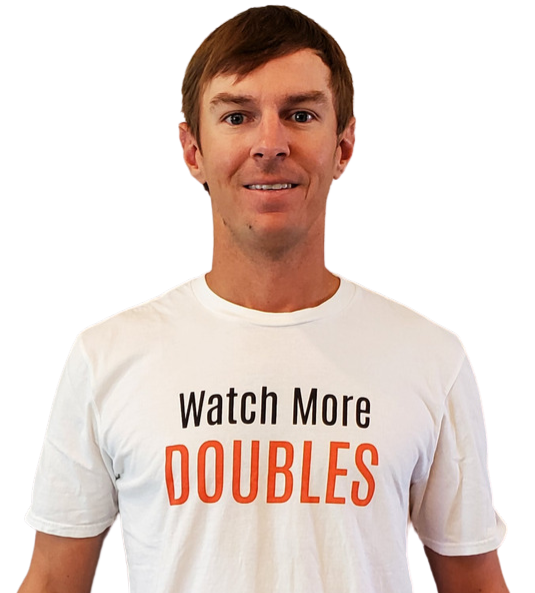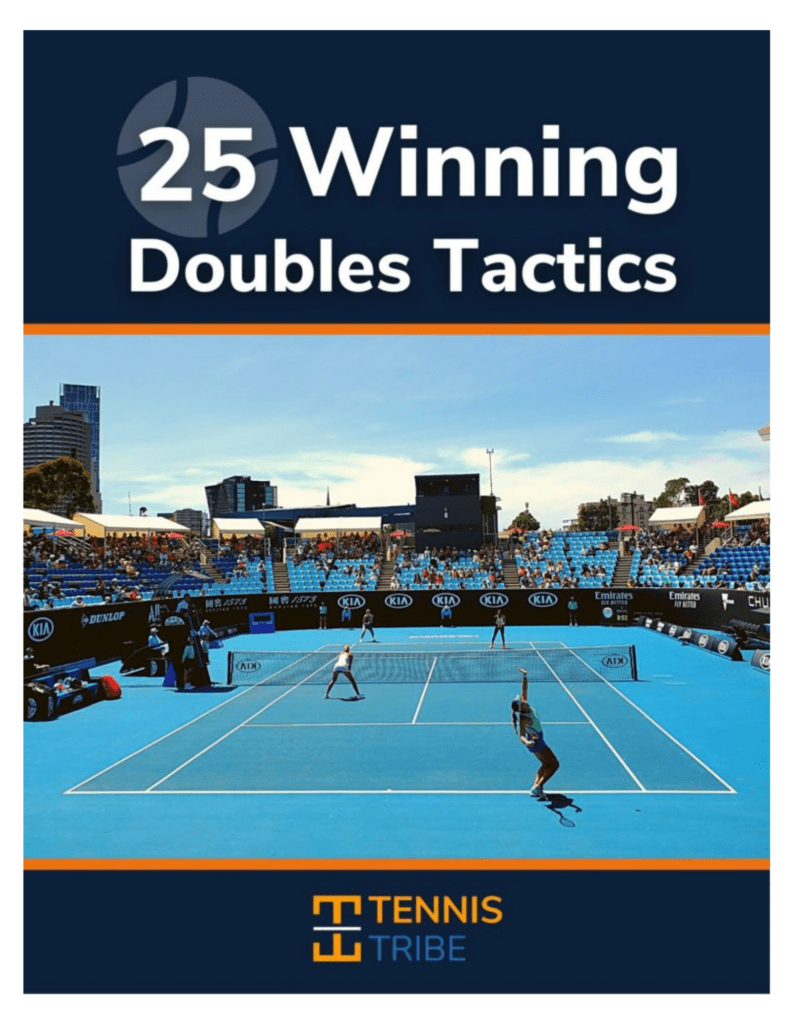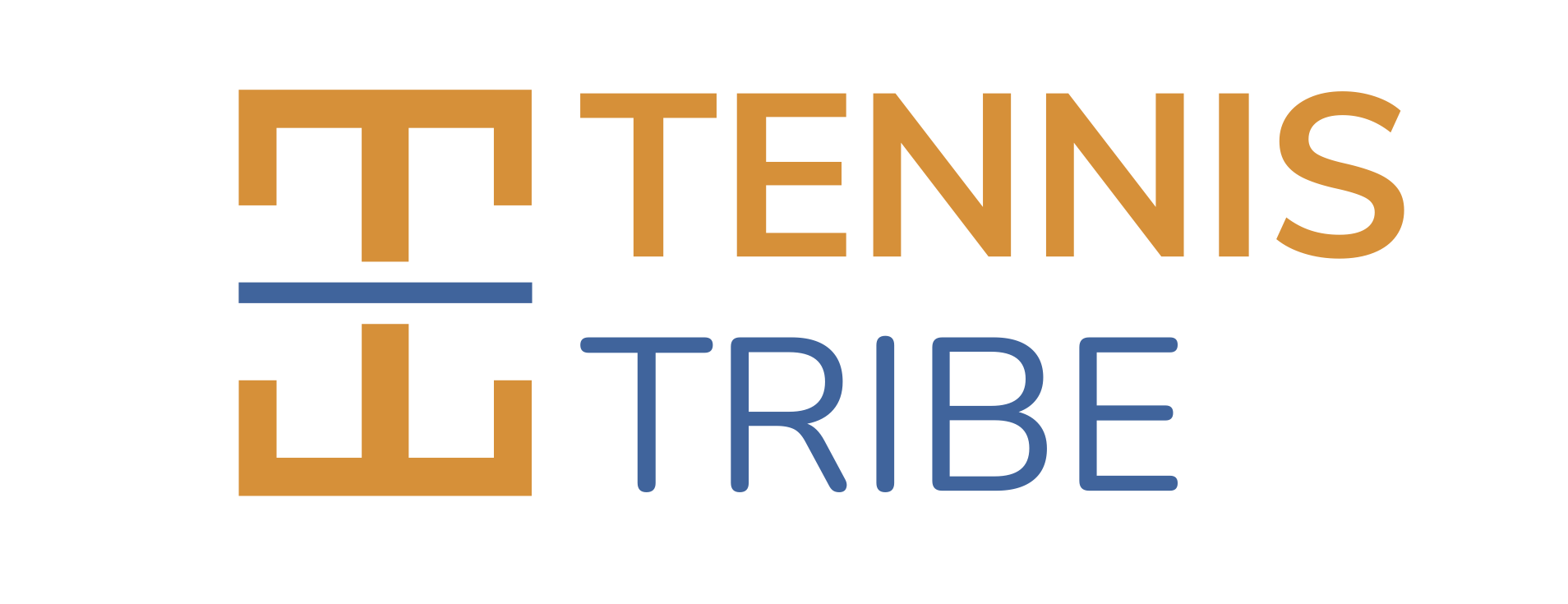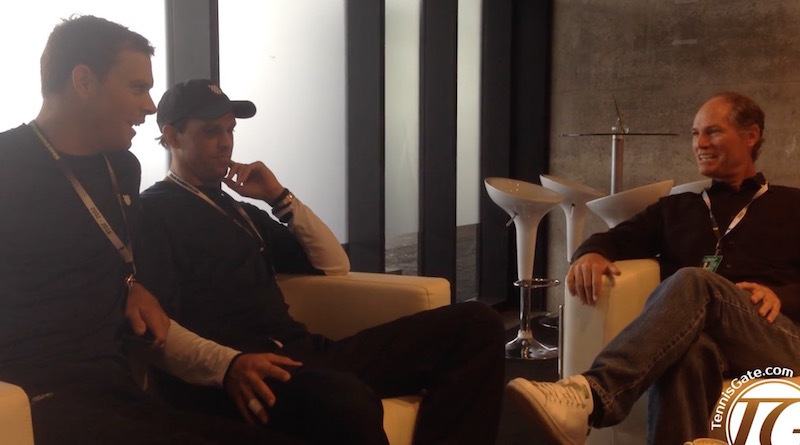I watched an interview with the Bryan Brothers recently where they sat down with one of their old coaches, Edgar Giffenig. They talked about how doubles has changed over the past 20 years, how they’ve adjusted their own strategies, and how singles players have affected the doubles game.
As I listened, I was thinking of how to apply their evolving strategies to my own doubles game.
- What can we learn from the best doubles players in the world that we can use in our own game?
- What should we disregard because we’re simply not as good?
Below I’m going to analyze these questions so we can learn from the best in the world without throwing out our shoulder trying to serve 130 MPH.
Free Weekly Doubles Lessons
Join the #1 Doubles Strategy Newsletter and get my Net Play Guide: 3 Doubles Tactics to Force Errors & Get More Easy Volleys for free!
– Will Boucek, ATP & WTA doubles strategy analyst

“I found your site a couple weeks ago and used your guide for net play. It worked well! Playing again this morning so we will see how it goes!”
– Julie, Club Doubles Player
The Differences Between Pro Tennis Players and Me & You
Well, they’re better.
What are they actually better at though?
In my conversation with ATP coach Craig O’Shannessy, he mentioned two differences between the pros and us.
- The speed of the ball. They hit the ball… harder.
- The speed of the feet. They’re both faster and they get in better position for each shot.
I think there are a few more.
- They don’t miss by as much. I imagine if you had hawkeye on my doubles court, we’d use it once per match.
- They have more tools. If you give me a backhand volley below the net from the middle of the service box, I’ve probably got 2 or 3 realistic options. Bob & Mike probably have close to a dozen. Pros have a LOT more shots to choose from
- They have fewer & smaller holes in their game. It’s likely there are huge holes in your game that, if exploited, will take you down in any given match. The pros simply don’t have as many holes in their games (if any) & the holes are much smaller. Steve Johnson may not have a great backhand for a pro, but I’ll take it over what I have now.
- They play more tennis. On a good week, I’ll play tennis for 6 hours. Pros can do this in a day.
What We Can Learn from the Bryan Brothers
Obviously, there are things we should be learning from the world’s best tennis players. Here were a few of my takeaways from the Bryans conversation with Edgar..
Adjust Your Strategies Based on the Opponent
There were a few big changes they talked about that have happened in doubles over the last few decades.
- Singles players are playing more often.
- Technology is better in tennis racquets and strings.
- More players are playing from the baseline instead of using the serve and volley.
Because of these changes, they’ve adjusted their own games.
This is something club level players should be doing as well. It may not be relevant to you on a 20-year timescale, but from match to match, and year to year, you should be changing your strategy based on the players around you.
Crowd the Net
This was the Bryans’ “secret sauce” in the early 2000’s. Now, more of the pros are doing it.
Club players should be crowding the net because it makes volleys a lot easier, and unfortunately, most of us weren’t taught how to volley. This also forces errors from the opponents since we’re taught to not hit at the net player.
Add Lobs, Dropshots, & Variety to Your Game
The Bryans talked about adding the lob and dropshot to their games in recent years because more players are close to the net, and some teams are playing two back.
If you want to improve, say from a 3.5 to a 4.0 level, this is something you must do. The more tools we have to be able to work with, the more types of tennis players we’ll be able to beat.
Action Item: Go watch players who are slightly better than you and see which specific skills they have that you don’t. Even better, go play against those players and ask for honest feedback on what you need to get to their level.
Use I-formation
Club level players can see massive benefits from using I-formation or Australian formation, especially on the ad side.
The Bryans mentioned that a lot of singles players did it because they weren’t comfortable with the volley, and it was an easy way to force missed returns.
So, people who are more timid at the net should do this.

25 Winning Doubles Tactics Guaranteed to Help You Play Smarter
Ebook with 25 expert serve (7), return (5), net-play (5), baseline (4), & approach (4) tactics you can use in your next doubles match.
What We Can’t Learn from the Bryan Brothers
With the differences highlighted above, here are a few things we should NOT take the Bryans advice on.
Take Huge Cuts on Returns
The pros are taking big swings on the returns because string technology like Luxilon allows them to, and the serving teams have gotten so good that you can’t just get the ball in play anymore.
They also practice dozens of hours every week. We… don’t.
If we try taking big swings on returns, we’ll simply make a lot of errors and give away free games.
Also, we don’t need to take huge cuts. Our opponents just aren’t that good. We’re better off making a high percentage solid and crosscourt for our return strategy.
I play in 5.0 leagues and see players get away with the slice returns that the Bryans say you “can’t do anymore.”
You Can’t Hit Through Players Anymore
They also talked about how you can’t hit through players anymore. You have to hit winners by hitting the doubles alleys or through the middle.
This isn’t true at most levels of doubles. If you have a volley near the net, you can hit through the opposing net player. At the pro level, they may be able to react, but in your 4.0 league match, they can’t.
Don’t Tell Your Partner Where You’re Serving
Mike said, “when Bob is serving, he doesn’t like to tell me where he’s going to serve.”
This works because they’ve played so many matches together. You and your doubles partner have probably not.
This is not a good idea for most doubles players. In case you forgot, we’re not as fast as the pros, so to rely on “reading the serve” then reacting, isn’t going to work.
You don’t have to signal, but both players should know:
- Where the serve is going.
- What the net player is doing.
- If the server is going to serve and volley or stay back.
This allows the net player to know what to look for, move early, and get in the right position.


I’m curious: give me the list of “probably a dozen” options for a low backhand volley from the middle of the service box . . .
Hi Dennis, haha a dozen may have been a stretch.
– dropshot angle
– lob
– volley with depth
Maybe if we apply different directions, trajectories, and spins we can reach 12 🙂